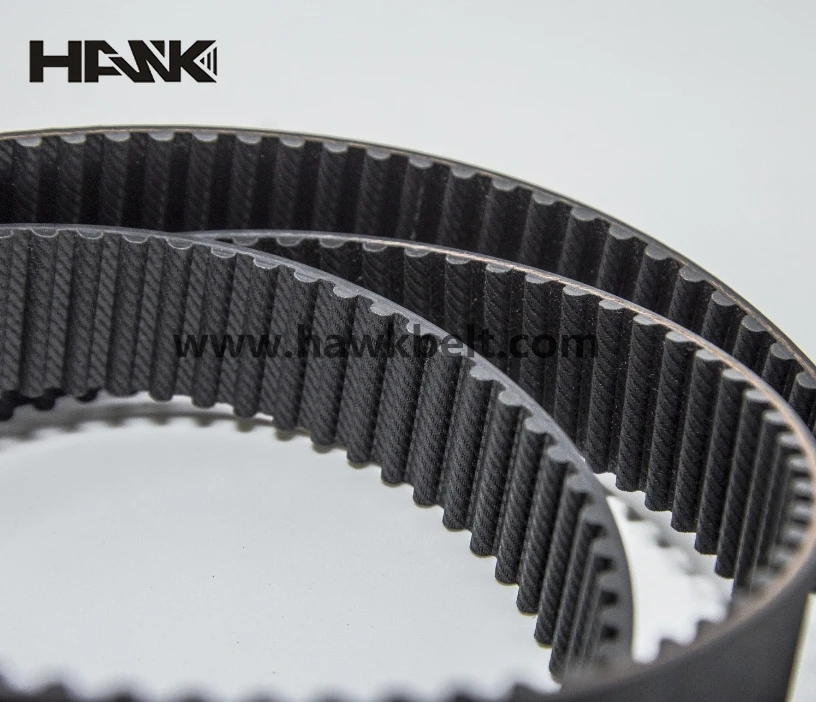- Arabic
- French
- Russian
- Spanish
- Portuguese
- Turkish
- Armenian
- English
- Albanian
- Amharic
- Azerbaijani
- Basque
- Belarusian
- Bengali
- Bosnian
- Bulgarian
- Catalan
- Cebuano
- Corsican
- Croatian
- Czech
- Danish
- Dutch
- Afrikaans
- Esperanto
- Estonian
- Finnish
- Frisian
- Galician
- Georgian
- German
- Greek
- Gujarati
- Haitian Creole
- hausa
- hawaiian
- Hebrew
- Hindi
- Miao
- Hungarian
- Icelandic
- igbo
- Indonesian
- irish
- Italian
- Japanese
- Javanese
- Kannada
- kazakh
- Khmer
- Rwandese
- Korean
- Kurdish
- Kyrgyz
- Lao
- Latin
- Latvian
- Lithuanian
- Luxembourgish
- Macedonian
- Malgashi
- Malay
- Malayalam
- Maltese
- Maori
- Marathi
- Mongolian
- Myanmar
- Nepali
- Norwegian
- Norwegian
- Occitan
- Pashto
- Persian
- Polish
- Punjabi
- Romanian
- Samoan
- Scottish Gaelic
- Serbian
- Sesotho
- Shona
- Sindhi
- Sinhala
- Slovak
- Slovenian
- Somali
- Sundanese
- Swahili
- Swedish
- Tagalog
- Tajik
- Tamil
- Tatar
- Telugu
- Thai
- Turkmen
- Ukrainian
- Urdu
- Uighur
- Uzbek
- Vietnamese
- Welsh
- Bantu
- Yiddish
- Yoruba
- Zulu
Oct . 21, 2024 14:20 Back to list
Benefits of Using Adjustable and Flat V Belts for Optimal Performance
The Versatility of Adjustable V-Belts and Flat V-Belts
In the world of machinery and mechanical systems, the choice of power transmission components is crucial for achieving efficiency and reliability. Among these components, belts play a vital role, with adjustable V-belts and flat V-belts emerging as popular options for various applications. Understanding the characteristics, benefits, and uses of these belts can help in making informed decisions for optimal performance.
What are Adjustable V-Belts?
Adjustable V-belts are a type of belt designed to transmit power between pulleys while accommodating variations in length. They feature a series of notches or grooves along their length, allowing for easy adjustment to fit different pulley sizes and specifications. This adaptability makes adjustable V-belts an excellent choice for machinery that may require frequent tuning or maintenance.
The design of adjustable V-belts also allows for greater flexibility, enabling them to maintain tension and grip on the pulleys without slipping. This is particularly important in applications where power transfer is critical, as it ensures consistent performance even under varying load conditions.
Benefits of Adjustable V-Belts
1. Adaptability The primary advantage of adjustable V-belts is their flexibility. They can be resized easily, making them suitable for systems where belt size needs to change frequently or where space constraints exist.
2. Reduced Inventory Using adjustable V-belts can minimize the need to stock a wide variety of belt sizes. Since they can be adjusted to fit different applications, manufacturers can maintain a smaller inventory, leading to cost savings and increased efficiency.
3. Improved Performance With their ability to maintain proper tension and grip, adjustable V-belts can enhance the overall performance of machinery. They help in reducing slippage, which can lead to better energy efficiency and lower operational costs.
4. Ease of Installation Installing adjustable V-belts is typically straightforward, making maintenance tasks easier and faster. This can be especially beneficial in industrial settings where minimizing downtime is crucial.
Flat V-Belts An Alternative Choice
adjustable v belt\/flat v belt

Flat V-belts, on the other hand, are designed with a flat surface rather than a V-shaped configuration. While they may seem less common, flat V-belts have their own unique advantages and applications. They are particularly useful in situations where high-speed operations are required and where traditional V-belts might not perform optimally.
Benefits of Flat V-Belts
1. High-Speed Operation Flat V-belts are excellent for high-speed machinery applications. Their flat design reduces the risk of overheating and can handle speeds that traditional V-belts might find challenging.
2. Noise Reduction The flat design also contributes to quieter operation compared to standard V-belts. This can be an essential consideration in applications where noise levels need to be minimized for worker safety and comfort.
3. Greater Surface Area Contact Flat V-belts provide a larger contact area with the pulleys, allowing for better power transfer and efficiency. This feature can lead to longer service life and less frequent replacements.
4. Lightweight Design Flat V-belts tend to be lighter than their V-shaped counterparts, which can reduce the overall weight of machinery. This is particularly valuable in mobile applications, where weight plays a critical role in performance.
Applications and Usage
Both adjustable V-belts and flat V-belts find extensive use across various industries, including manufacturing, automotive, and agricultural sectors. Adjustable V-belts are commonly employed in applications requiring variable speed and load adjustments, such as conveyors, fans, and pumps. In contrast, flat V-belts excel in high-speed drives like those found in textile machinery, printing presses, and HVAC systems.
Conclusion
Choosing the right type of belt is essential for the efficiency and longevity of mechanical systems. Adjustable V-belts and flat V-belts offer distinct advantages that cater to different operational needs. By understanding their benefits and appropriate applications, businesses can optimize their machinery's performance, reduce costs, and improve reliability. Whether opting for the versatility of adjustable V-belts or the specialized performance of flat V-belts, making an informed choice will undoubtedly contribute to the success of the operation.
-
Korean Auto Parts Timing Belt 24312-37500 For Hyundai/Kia
NewsMar.07,2025
-
7PK2300 90916-T2024 RIBBED BELT POLY V BELT PK BELT
NewsMar.07,2025
-
Chinese Auto Belt Factory 310-2M-22 For BMW/Mercedes-Benz
NewsMar.07,2025
-
Chinese Auto Belt Factory 310-2M-22 For BMW/Mercedes-Benz
NewsMar.07,2025
-
90916-02660 PK Belt 6PK1680 For Toyota
NewsMar.07,2025
-
drive belt serpentine belt
NewsMar.07,2025

